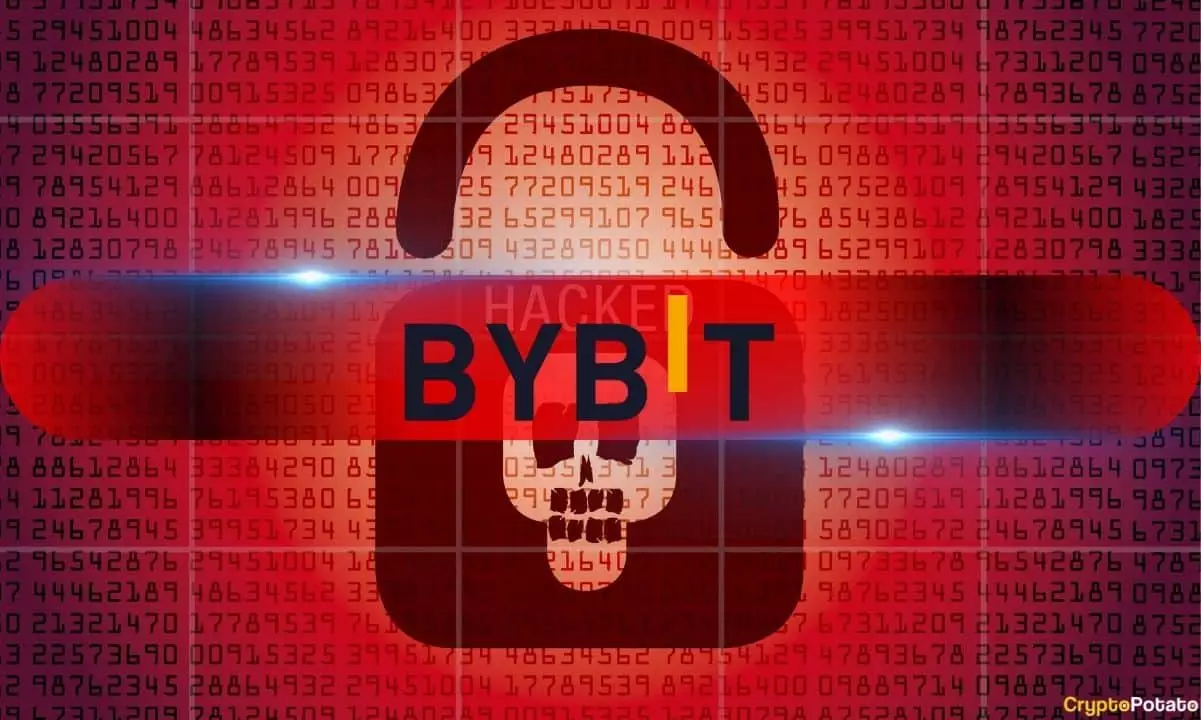In early 2023, the crypto world was rocked by one of its most devastating blows when the exchange Bybit suffered a staggering loss of approximately $1.5 billion in ether (ETH) due to a brazen cyberattack. This incident, while a blow to Bybit, functioned as a cautionary tale for the entire cryptocurrency ecosystem. Beyond the immediate financial ramifications, the breach laid bare deeper vulnerabilities that many industry stakeholders had long overlooked. Investors and traders who once perceived exchanges as bastions of security are now questioning their trustworthiness. This unsettling reality is amplified by ongoing macroeconomic issues that throw the entire crypto market into a whirlpool of uncertainty.
As analysts dive deep into the aftermath of this disaster, reports such as one from BlockScholes offer vital insights into how the market ecosystem responded to this formidable challenge. Their findings raise eyebrows regarding the systemic risks associated with centralized exchanges—no matter how reputable they claim to be. The Bybit breach serves as a stark reminder that the cryptocurrency landscape is not immune to traditional financial risks, compounded exponentially by digital vulnerabilities.
Understanding the Broader Market Impact
The ramifications of the Bybit attack extended far beyond the company itself. Following the incident, there was a pronounced sell-off across various crypto assets, revealing how interconnected the market is when central players falter. The sell-off wasn’t merely a reaction to the Bybit hack; it signaled a broader wave of de-risking enthusiasts in a climate already stirred by tariff tensions and advancing artificial intelligence technologies that promised to disrupt industries. Such macro events inevitably contributed to the euphoria-damps surrounding crypto as investors retreated while evaluating their risk exposure.
Fairly or not, traders began attributing the slump in trading volumes to Bybit specifically, leading to a stark decline in the platform’s share of spot trading—dropping from 11% to just 4%. Equally alarming was the sharp contraction in Bitcoin’s trading volume, which plummeted from 50% to below 20%. Surprisingly, Ethereum volumes displayed relative stability, but even that could not hide the wary sentiment gripping investors.
A Market Stamina and the Road to Recovery
Despite the market tremors, the resilience shown by Bybit and the broader cryptocurrency ecosystem cannot be understated. Analysts have noted a rebound in trading activity, with Bybit’s overall spot trading share edging back up to about 6-7%. This partial recovery illustrates not just the tenacity of crypto traders, but also the latent demand that characterizes the market. The temporary spike in Tether (USDT) trading volumes suggests that participants are still eager to engage, albeit with extreme caution.
Adding to this recovery narrative is the ability of bid-ask spreads to remain tight post-attack. A stable spread––the difference between the lowest asking price and the highest bid––offers traders a semblance of comfort, indicating robust liquidity despite the chaos. Particularly noteworthy is how Bitcoin and Ethereum, the very assets compromised during the hack, saw negligible changes in their spreads. While this situation could be interpreted as a sign of confidence in the market’s capacity to self-correct, it simultaneously raises red flags about how much faith we place in centralized exchange mechanisms.
Retail Price Improvement Orders: A Critical Lifeline?
A pivotal player in Bybit’s recovery was the timely introduction of Retail Price Improvement (RPI) orders, launched just days before the cyberattack. This initiative aimed specifically to bolster liquidity for retail traders, a demographic often overshadowed by institution-backed players. However, one must ponder whether such measures are merely band-aids on deeper issues of trust and security. Are RPI orders truly effective, or do they gloss over the systemic flaws that could resurface at any moment?
The mechanics of RPI orders present a mixed narrative. Designed to enhance the trading experience for everyday investors, they also underscore an uncomfortable truth: the ongoing dependency on centralized exchanges. While this tool could improve liquidity, it does not address the fundamental risk associated with storing funds on these platforms. As the crypto landscape grapples with increasing sophistication in cyberattacks, is crypto trading becoming an exercise in roulette, where even the most cautious players risk losing their stakes?
The Bybit incident serves as a wake-up call, presenting vital questions that investors cannot afford to ignore. As the market stabilizes, one must critically evaluate the layers of security, trust, and risk inherent in digital trading today.















